Serving All of Northern Virginia
VA Class A Residential & Commercial Contractor
Top 5 Home Design Trends to Watch for in 2025
As we move into 2025, the way we design our homes is being shaped by a blend of evolving lifestyles, personal well-being, and the desire for both functionality and style. The future of home design will emphasize comfort, resilience, and creativity, offering spaces that cater to our diverse needs while reflecting our personalities. From mindful maximalism to aging-in-place designs, here are the top five trends that will define homes in 2025.
1. Mindful Maximalism: Bold and Intentional Design
Next year, minimalism will take a backseat to a more expressive, personalized style – mindful maximalism. This trend is all about embracing bold colors, rich textures, and diverse patterns, but with a purpose. Rather than cluttered, chaotic spaces, mindful maximalism focuses on curating a collection of meaningful items that tell a story. Think vibrant artworks, unique vintage pieces, layered textiles, and rich statement furniture. The key is creating spaces that reflect your identity and invite creativity, without feeling overwhelmed.
2. Highly Functional Spaces: Adapting to Modern Lifestyles
As our lives become more fluid, spaces must be able to adapt to different functions. In 2025, highly functional spaces will be a must-have in every home. Spaces will need to be versatile and support a wide range of activities and lifestyles. For example, a dining room could double as a workspace, or a living room could be converted into a home theater or workout zone. Expect to see multifunctional rooms that can easily shift between work, leisure, and socializing.
3. Cozy, Comfortable Living: The Rise of Comfort-First Design
With an increasing focus on well-being, this coming year will bring about a renewed emphasis on cozy, comfortable living. As we continue to spend more time at home, creating a sanctuary that feels warm, inviting, and restful will be a priority for many homeowners. Soft textiles and plush furniture will dominate living spaces, while personal touches like candles and plants will add to the atmosphere of comfort. The goal is to create spaces that allow people to unwind and feel at peace.
4. Climate Resiliency: Homes Built for a Changing World
In 2025, climate resiliency will be a driving force behind home design. With the effects of climate change becoming increasingly evident, homeowners are seeking ways to make their homes more adaptable and energy efficient. Climate-resistant homes will incorporate both sustainable materials and design elements that can withstand extreme weather events, from floods to heatwaves. The goal is not just to reduce environmental impact, but to ensure that homes remain livable in the face of changing weather patterns.
5. Aging in Place Design: Homes for All Stages of Life
As the population ages, aging in place design will continue to grow in popularity in 2025. This design philosophy focuses on creating homes that allow residents to live independently and comfortably as they age, without the need to relocate or make major renovations down the line. Homes will be increasingly equipped with accessibility features like wider doorways, step-free entrances, non-slip flooring, and lower countertops in kitchens and bathrooms. Flexible floor plans with adaptable rooms will ensure that homes remain functional for all ages and abilities.
Looking ahead to 2025, the home design trends that are being seen are all about creating spaces that are more thoughtful, functional, and adaptable. Whether it’s the expressive freedom or mindful maximalism, the comfort and security of aging-in-place design, or the resilience of homes built to withstand climate challenges, 2025 will be a year where homes evolve to meet the needs of their occupants.

service Area
All of Northern Virginia
VA Class A Contractors License #2705175122
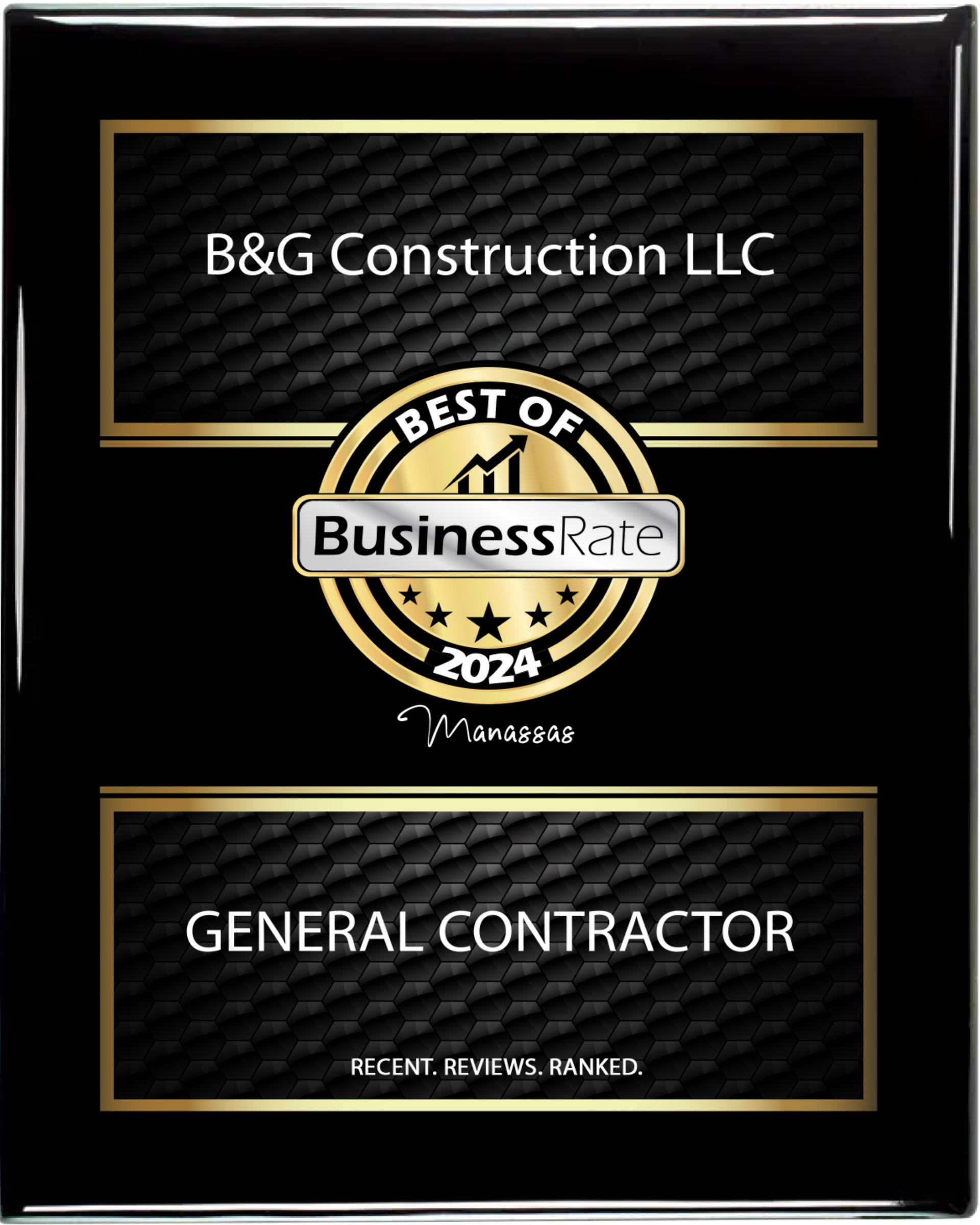
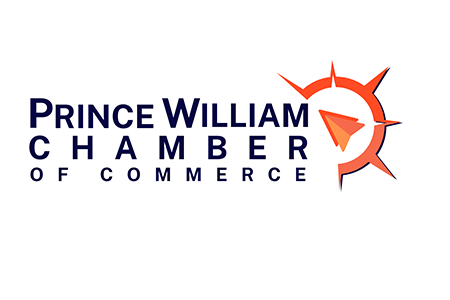
Member of Prince William Chamber of Commerce
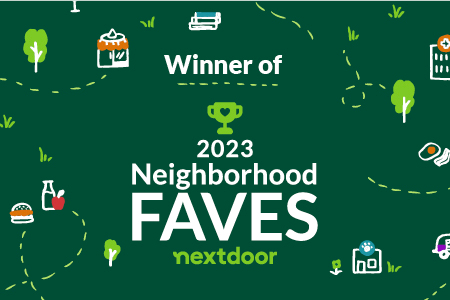

Member of Prince William Chamber of Commerce
Business Hours
- Mon - Fri
- -
- Saturday
- -
- Sunday
- Closed

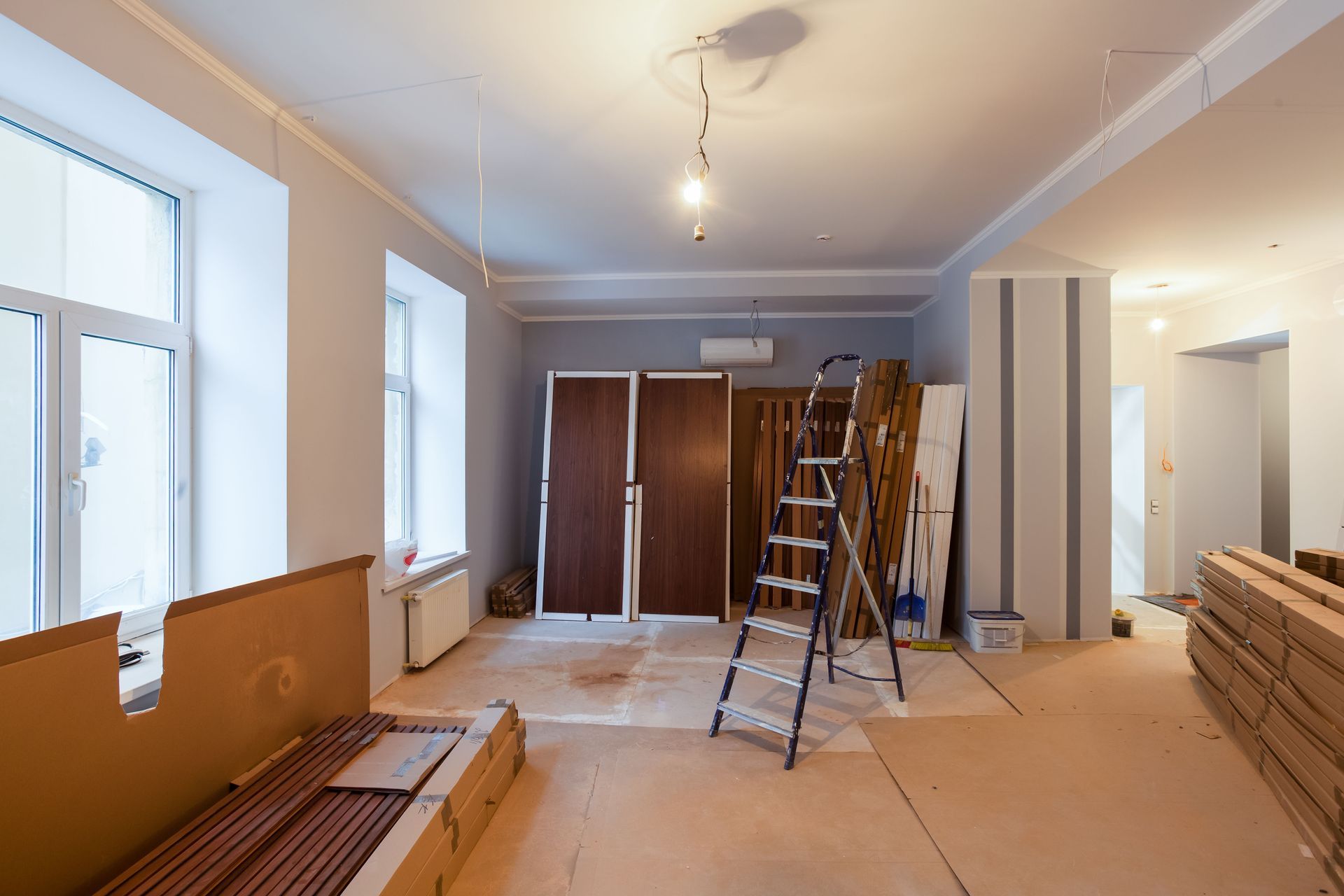
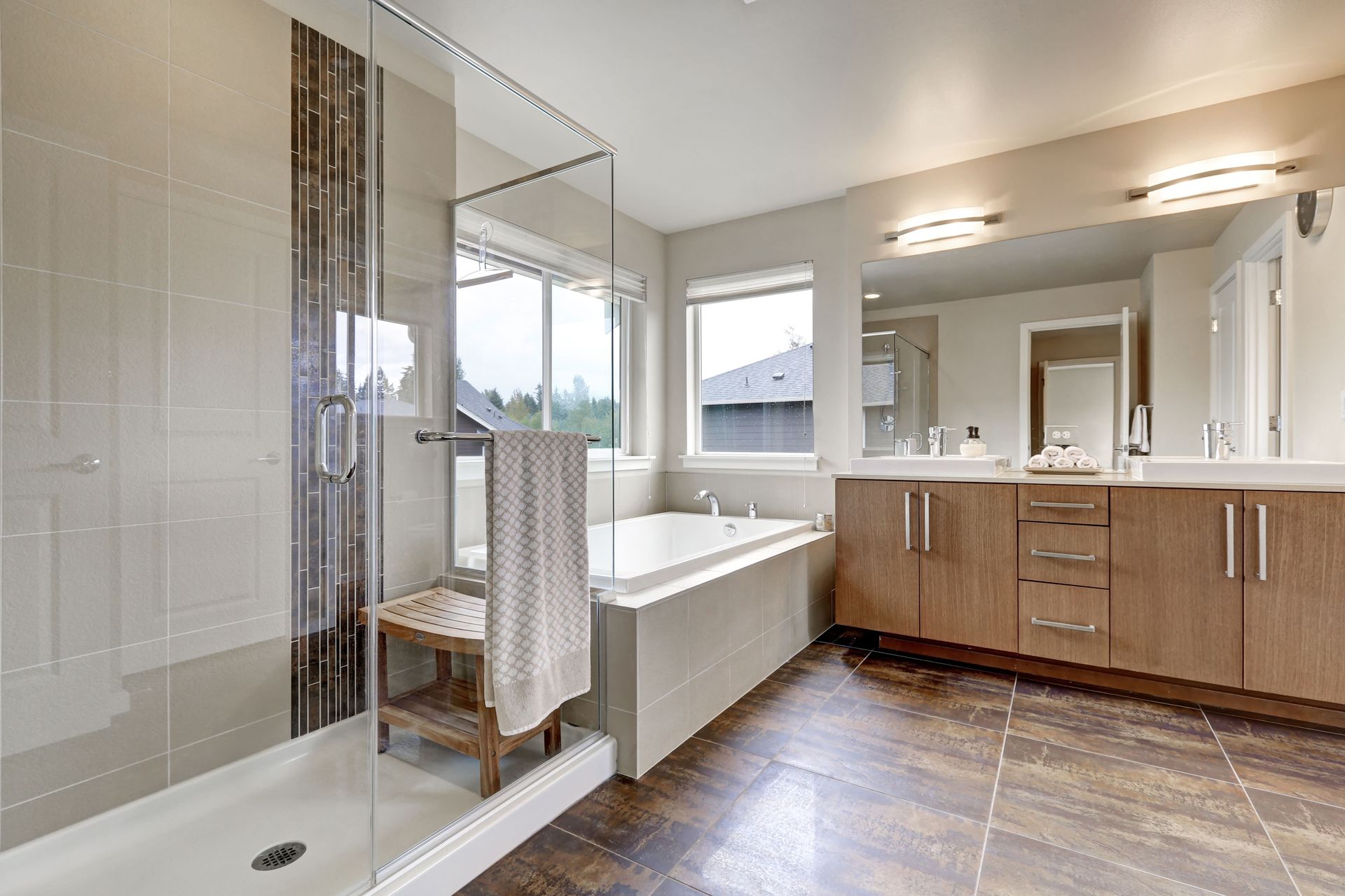
Share On: